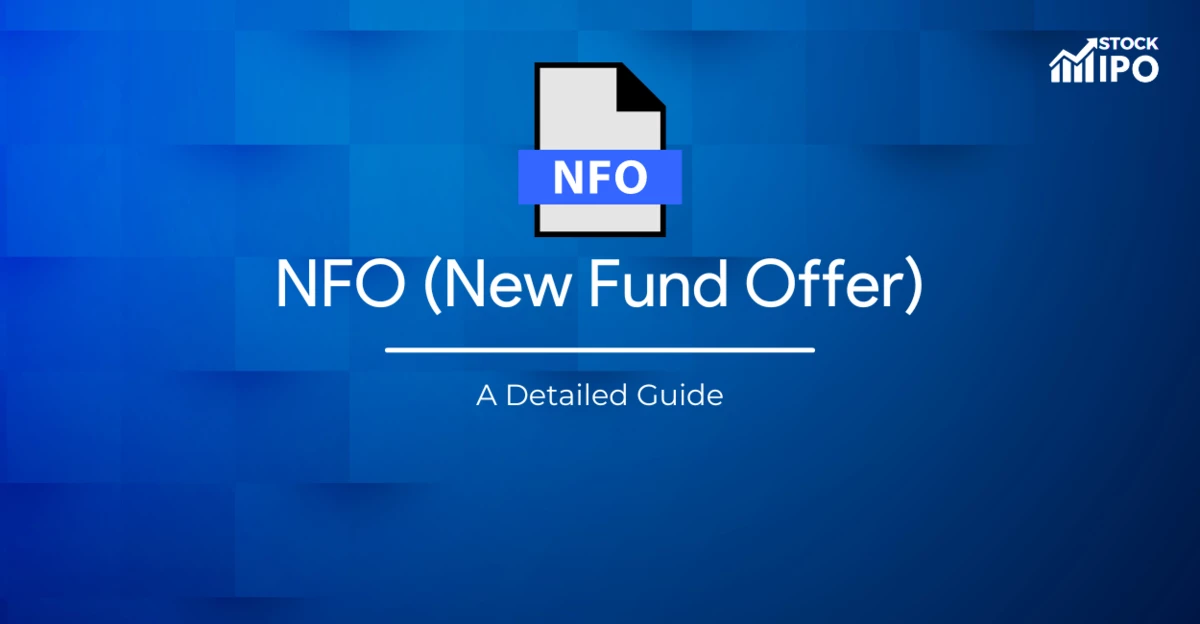A draft red herring prospectus (DRHP) is a document that is filed with the Securities and Exchange Board of India (SEBI) by a company that is planning to go public through an initial public offering (IPO). The DRHP is a preliminary version of the prospectus that the company will use to offer its shares to the public. It provides detailed information about the company’s business, financial performance, management team, and the terms of the IPO.
The purpose of the DRHP is to provide potential investors with the information they need to make an informed decision about whether to invest in the company. It includes information about the company’s financial performance, business model, and risks and uncertainties that may affect its future prospects. The DRHP also includes details about the company’s management team and the terms of the IPO, including the number of shares being offered, the offering price, and the expected use of the proceeds from the offering.
SEBI reviews the DRHP to ensure that it complies with regulations and provides sufficient information for potential investors to make an informed decision about the IPO. The DRHP is not a final prospectus and is subject to change before the IPO is launched.
Why is a DRHP important in an IPO?
The DRHP is an important document in the IPO process because it provides potential investors with the information they need to make an informed decision about whether to invest in the company. It is intended to be a comprehensive and transparent overview of the company and its business, which helps to build confidence and trust in the company and its stock.
The DRHP is also important because it helps to ensure that the IPO is conducted in a fair and transparent manner. By providing potential investors with detailed information about the company and the terms of the IPO, the DRHP helps to prevent any potential conflicts of interest or manipulation of the offering process.
In addition, the DRHP is an important tool for the company and its underwriters to gauge the level of interest in the IPO and to set the offering price and size of the offering. By reviewing the DRHP, potential investors can provide feedback on the company and its IPO, which can help to shape the final prospectus and the terms of the offering.
What are the risks and potential benefits of a DRHP in an IPO?
There are potential risks and benefits to both the company and potential investors in the DRHP process. For the company, the DRHP process can be time-consuming and costly, as it requires the preparation and filing of a detailed and comprehensive document. There is also the risk that the DRHP may not be approved by SEBI or that the IPO may not be successful if there is insufficient demand for the company’s shares.
For potential investors, the DRHP process provides the opportunity to review detailed information about the company and its business before deciding whether to invest in the IPO. However, there is also the risk that the company’s financial performance or business prospects may change after the DRHP is filed, which could affect the investment decision.
Conclusion
Overall, the DRHP process is an important part of the IPO process, as it helps to ensure that the offering is conducted in a fair and transparent manner and provides potential investors with the information they need to make an informed decision about whether to invest in the company. While there are potential risks and costs associated with the DRHP process, it can also provide the opportunity for potential investors to review detailed information about the company and its business before deciding whether to invest in the IPO.







